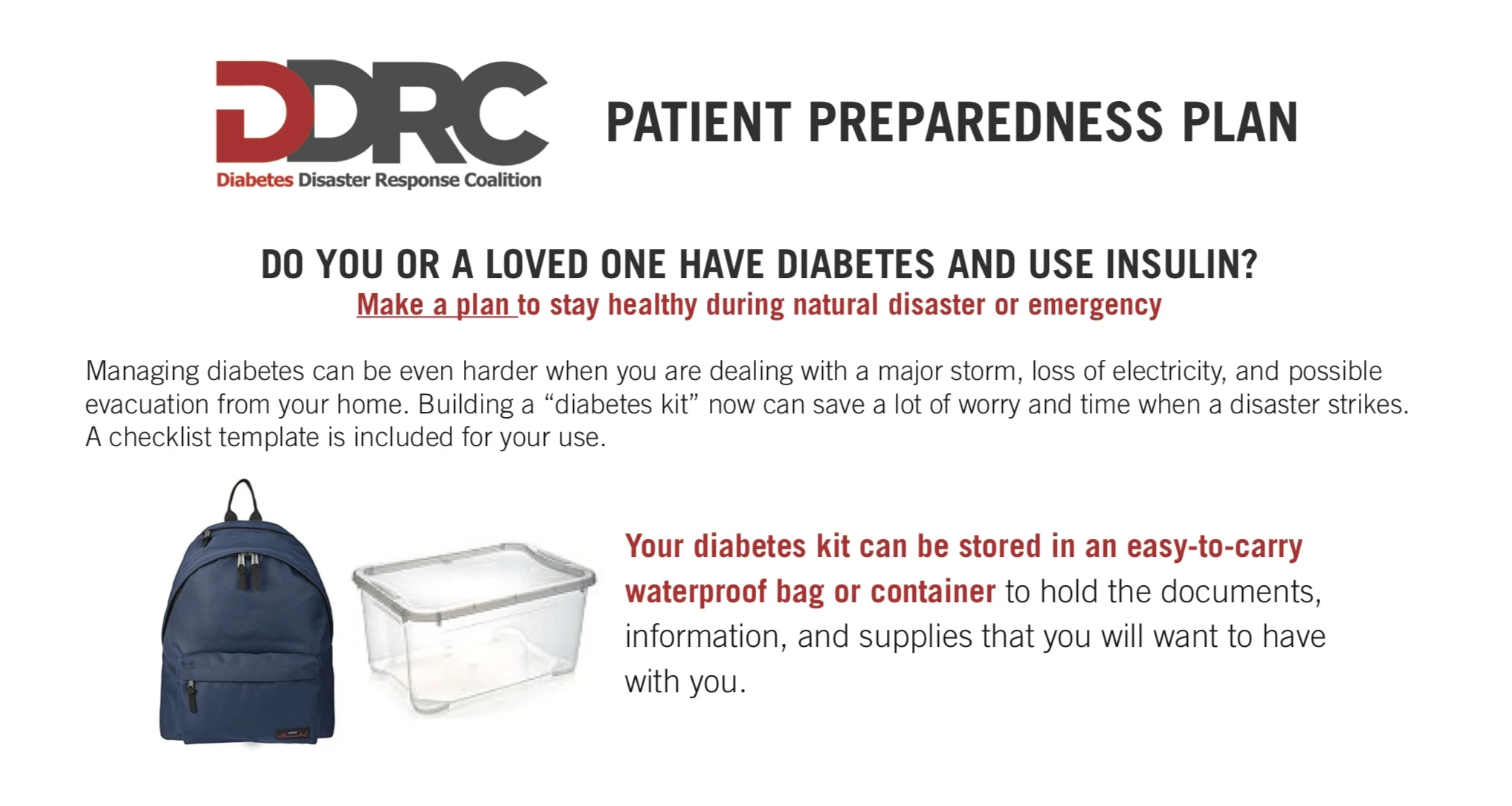Disaster Information
Scott Benner
The Diabetes Disaster Response Coalition (DDRC) formed in 2017 in response to a succession of devastating Atlantic Hurricanes that impacted the mainland US AND territories. DDRC is a national coalition of Nonprofit and for-profit stakeholder organizations that have A direct interest in serving the needs of the diabetes community and/or a role in planning and executing supply chains, public awareness, and healthcare services during times of disaster.
The DDRC website houses all of the information and links that you need during a disaster.
DDRC Resources
Pharmacies & Shelters
Healthcare Providers
Customer Care Phone Numbers
Insurance Support
Hurricane Resources
Resources
DDRC Preparedness Plans
juicebox podcast

#1174 Cold Wind: Consultation Liaison Psychiatrist
Source
Comment






















